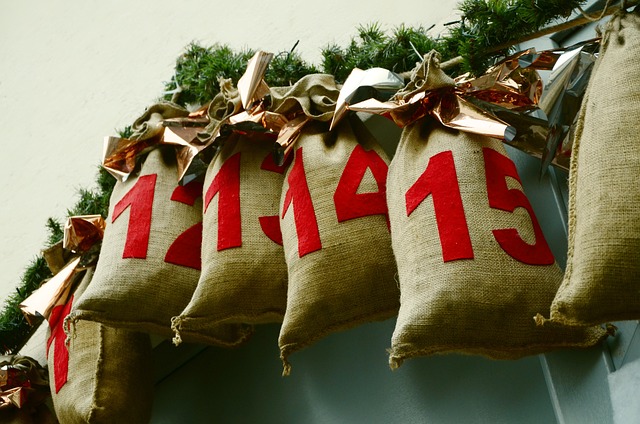Introduction.
Creating a DIY deer feeder isn’t just about attracting deer to your backyard—it’s an opportunity to engage with wildlife, promote conservation, and enjoy a rewarding hands-on project.
Whether you’re looking to save Money, enhance hunting grounds, or enjoy watching deer, this guide walks you through 10 innovative plans for building a deer feeder.
These designs incorporate expert tips to ensure your feeder is practical, durable, and suited to your needs.
1. PVC Pipe Gravity Feeder.
A PVC pipe gravity feeder is one of the most accessible feeders to construct and maintain. It’s compact, durable, and ideal for dispensing feed without wastage.
Materials:
- 4–6 feet of 4-inch PVC pipe
- 45-degree elbow joint
- PVC caps (top and bottom)
- Screws, mounting brackets, and a drill
Steps:
- Cut and Assemble: Cut the PVC pipe to your desired length and attach the elbow joint at the bottom. This ensures feed is dispensed at a controlled rate.
- Secure the Top: Place a cap on the top of the pipe to keep rain and debris out.
- Mount-It: Attach the pipe to a tree or post using brackets for stability. Ensure the dispensing end is at a deer-friendly height.
💡 Expert Insight: “For beginners, PVC feeders are ideal due to their low cost and simple design,” says wildlife enthusiast John Richards from DeerFeedingPro.com.
2. Wooden Trough Feeder.
A wooden trough feeder offers a spacious platform for multiple deer to feed simultaneously. This design is excellent for areas with high deer traffic.
Materials:
- Pressure-treated wood
- Galvanized screws
- Weatherproof sealant
Steps:
- Build the Frame: Create a rectangular trough using sturdy wood.
- Elevate: Add legs to lift the trough 2–3 feet off the ground, protecting feed from smaller animals.
- Seal It: Apply a weatherproof sealant to extend the feeder’s lifespan.
💡 Pro Tip: “Place the feeder near natural cover to make deer feel safe while feeding,” advises Sarah Brown from WildlifeFeeds.org.
3. Hanging Bucket Feeder.
A hanging bucket feeder is your best bet if portability and simplicity are priorities.
Materials:
- Large plastic bucket with lid
- Drill and small hole saw
- Rope or chain
Steps:
- Prepare the Bucket: Drill small holes near the base for feed to trickle out.
- Add a Lid: Cover the bucket to keep moisture out.
- Hang It: Suspend the bucket from a sturdy tree branch or pole.
💡 Expert Insight: Hanging feeders are great for smaller properties, as they deter pests like raccoons and squirrels.
4. Pallet Feeder.
A pallet feeder is a budget-friendly solution that repurposes wooden pallets into a functional feeder.
Materials:
- 2–3 wooden pallets
- Nails or screws
- Roofing material (optional)
Steps:
- Build the Base: Arrange the pallets into a U-shaped trough.
- Add Weather Protection: Attach a roof in a rainy area.
- Secure to Ground: Anchor the feeder firmly to prevent tipping.
5. Gravity Barrel Feeder.
A gravity barrel feeder is designed for larger capacities and is perfect for areas with heavy deer populations.
Materials:
- 55-gallon plastic barrel
- PVC pipe (4-inch)
- Wooden base
Steps:
- Modify the Barrel: Drill a hole at the bottom for the PVC pipe.
- Install the Dispenser: Attach the pipe securely to control feed flow.
- Mount-It: Place the barrel on a wooden frame to elevate it.
�� Expert Tip: Use a mix of corn and protein pellets to attract deer and support their nutritional needs.
6. Log Feeder.
 A log feeder blends seamlessly with natural surroundings, making it perfect for hunters.
A log feeder blends seamlessly with natural surroundings, making it perfect for hunters.
Materials:
- Large hollowed-out log
- Tools for carving
Steps:
- Hollow the Log: Create a trough in the center.
- Secure It: Anchor the log to the ground to prevent movement.
- Fill It Up: Add feed, such as apples, acorns, or corn.
7. Hanging Platform Feeder.
Elevated and spacious, a hanging platform feeder is versatile and easy to access for deer.
Materials:
- Wooden platform
- Chains or rope
- Hooks for hanging
Steps:
- Build the Platform: Create a flat wooden platform with raised edges.
- Attach Chains: Secure chains to each corner for even suspension.
- Hang It: Suspend the feeder from a sturdy tree branch.
8. Covered Box Feeder.
A covered box feeder offers excellent protection against the elements.
Materials:
- Plywood
- Hinges
- Nails and screws
Steps:
- Build the Box: Construct a simple box with a hinged lid.
- Create an Opening: Add a small hole for feed dispensing.
- Install a Roof: Protect the feed from rain.
9. Barrel with Timer Dispenser.
For advanced users, a barrel feeder with a timer automates feeding schedules.
Materials:
- 30-gallon barrel
- Timer and dispenser mechanism
Steps:
- Install the Timer: Attach the timer to the barrel’s base.
- Set Feeding Times: Program the dispenser to release feed at specific intervals.
- Secure the Barrel: Anchor it to a frame for stability.
10 Camouflaged Feeder.
A camouflaged feeder ensures it blends with its surroundings, making it ideal for hunting zones.
Materials:
- Natural elements (branches, leaves)
- Feeder base of choice
Steps:
- Assemble the Feeder: Choose one of the designs above.
- Camouflage It: Cover the feeder with natural materials like bark and foliage.
- Place Strategically: Position the feeder in a concealed location.
Expert Tips for Success
- Choose Quality Feed: Use corn, pellets, or a mix of high-nutrient foods.
- Monitor with Cameras: Install trail cameras to observe feeding patterns.
- Maintain Regularly: Clean feeders to prevent mold and ensure hygiene.
Why Build a DIY Deer Feeder?
- Cost-Effective: Save hundreds of dollars compared to store-bought models.
- Customizable: Tailor the design to your property’s needs.
- Eco-Friendly: Promote sustainable wildlife feeding practices.
Read Also: 11 DIY Dog Furniture Crate Designs That Keep Your Pet Safe and Cozy.























